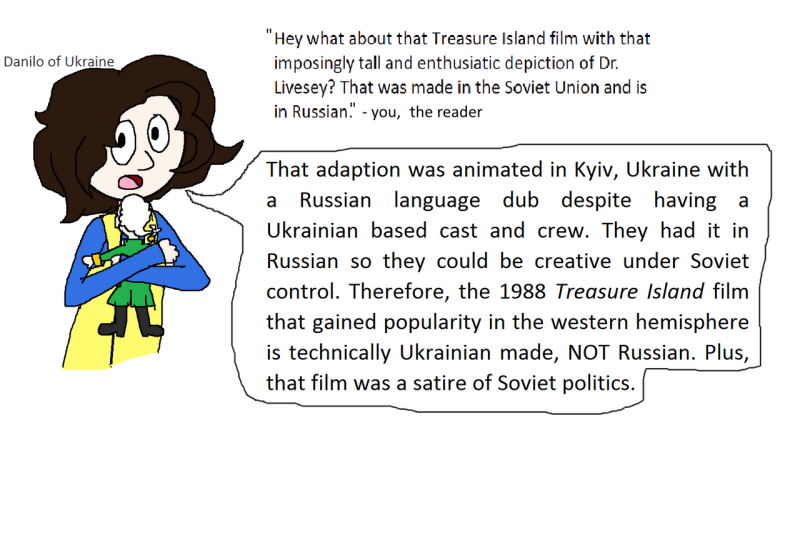History of Russian Animation

In the infancy of animation, most animated productions in Russia were stop motion which were created by the changing of objects or characters, taking a snapshot of the scene and then repeating the process until enough images when placed together created a moving picture.
In the first decade of the Soviet Union's existence, there was a variety of experimentation that featured animated film being made from paper cut outs that were animated similarly to stop motion features. These consisted of agitation propaganda (getting the party message across regardless of the literacy rate), satire and advertising. Capitalism and religion were personified as sinister figures while the workers were depicted as heroes. Overall, in comparison to western animation, the Soviet animation library at the time was adult orientated and underdeveloped. Children orientated animation was also made which while getting the message across on encouraging the communist ideals were garnered towards children so it was light hearted in a way. Animation began to develop better in quality and in comparison, seemed to be an imitation of the Disney and Warner. Bros animated features of the time. However, unlike cartoons in America or Britain, Soviet era cartoon were made to tailor to the best interests of the Soviet Union (so no praising western ideals or anything anti- communist). The animation industry suffered during and after WW2 due to the animators dying in action as soldiers or returning brutally injured.
During the Khrushchev Thaw, the animation continued to imitate western cartoon while retaining Soviet approved ideals and as well as its own style in places. The unique styles became prolific during the 1960s and throughout the last 30 years of Soviet rule. Some iconic pieces of Soviet era animation include a trilogy based on the Winnie the Pooh books by A.A. Milne and the series "Well, Just You Wait!" (Hy, nozodu! In Russian) that featured a wolf trying to catch a hare.
While there is still animation projects being made in Russia (like Masha and the Bear), the animation industry post-Soviet Union changed dramatically with state funding and management changes affecting the animators. Some animators went to the USA to work on the cut scenes for a few poorly received Legend of Zelda games (which became popular in video remixes in the 2000s) and when they returned, they kick- started the St Petersburg animation scene.



